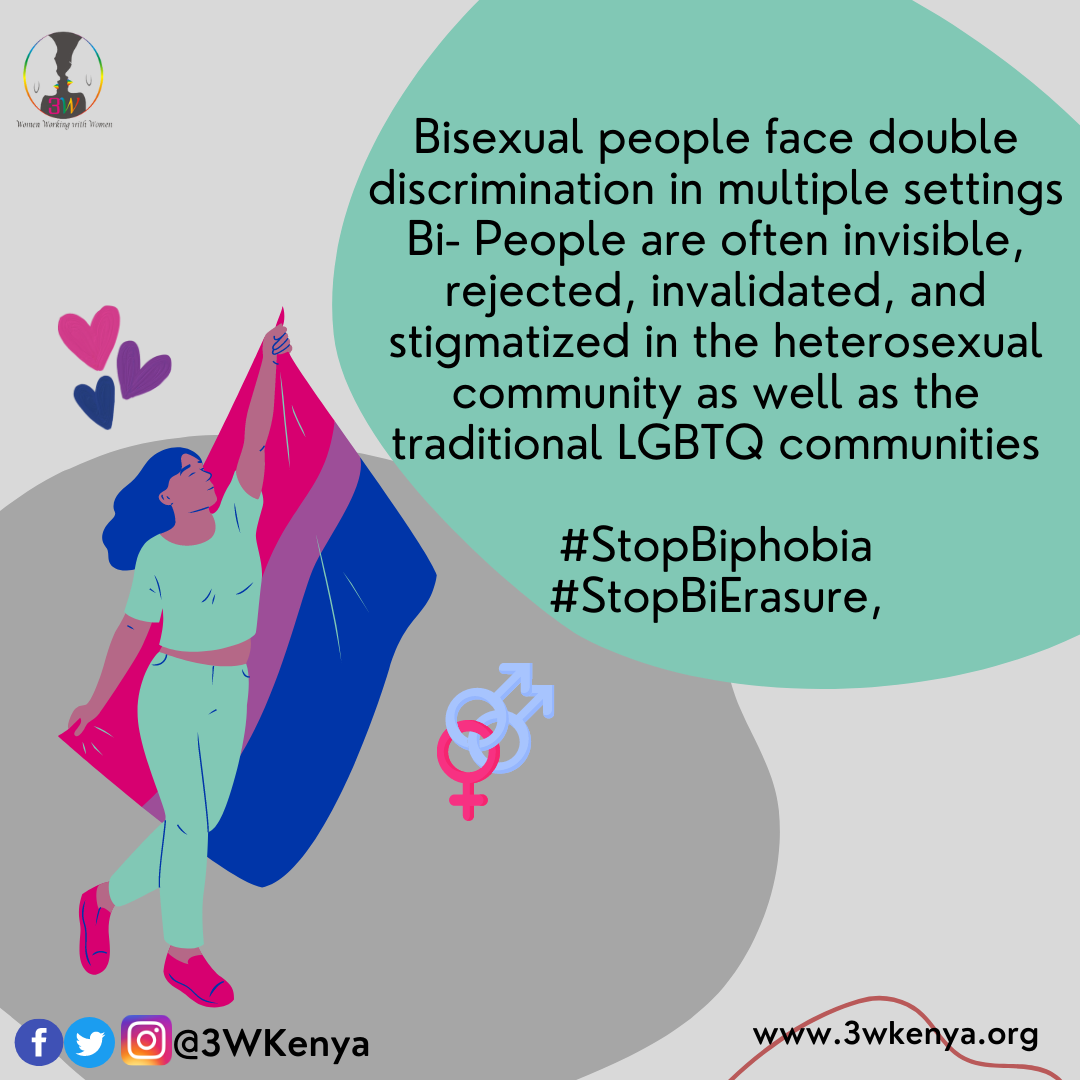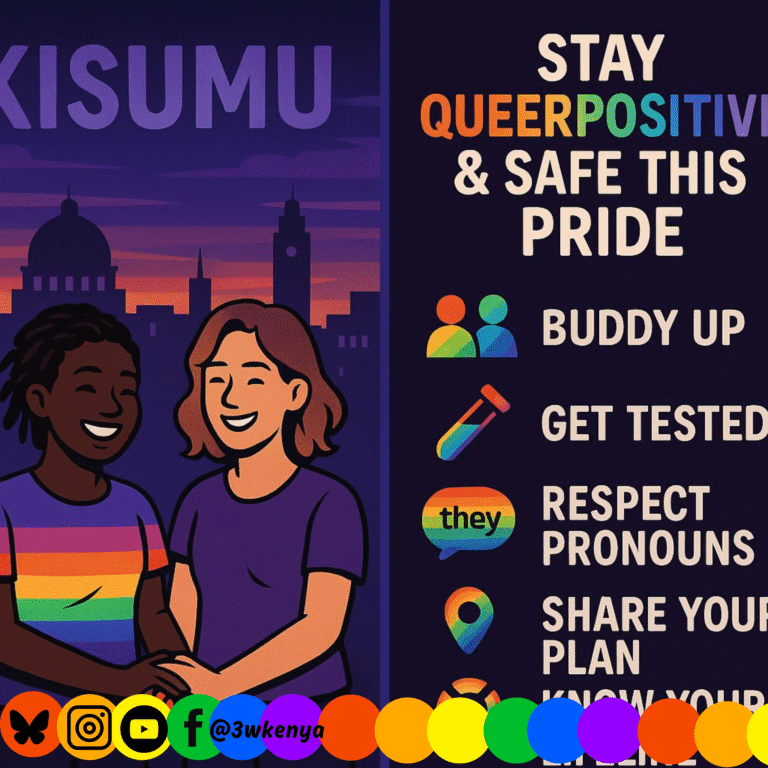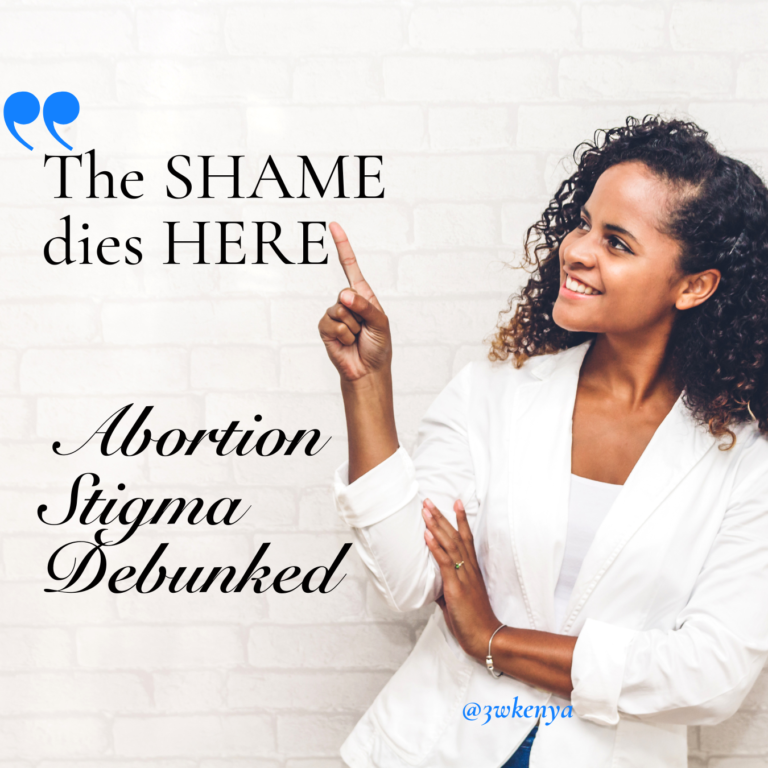Bisexuality and how to be an ally!
September is Suicide Prevention Awareness Month — a time to raise awareness on this stigmatized, and often taboo, topic. In addition to shifting public perception, we use this month to spread hope and vital information to people affected by suicide. In line with the suicide prevention month, September is also Bisexual Awareness Month It’s a month to come together in solidarity to unite, raise awareness, challenge erasure and celebrate bisexual and biromantic people and community.
Bisexuality is the attraction to two or more genders, not necessarily to the same extent, not necessarily in the same way, not necessarily at the same time. Many studies have demonstrated that individuals reporting a bisexual orientation have a particularly high risk of suicidal behavior and substance abuse. It has been also suggested that bisexual individuals (both men and women) have higher rates of depression and anxiety compared with homosexual and heterosexual groups. Bisexuality is associated with unique life experiences that may present as challenges for bisexual people. Biphobia refers to bisexual people’s experiences of poor treatment and discrimination based on their sexuality and can emanate from both the heterosexual and the lesbian, gay, bisexual, transgender, queer, and intersex (LGBTQI) communities, or can emerge internally from a lack of self-acceptance.
Invisibility and erasure are commonly experienced by bisexual people, with their sexuality often invisible because of assumptions that they are either heterosexual or homosexual based on the presumed gender of their partner and the common belief that bisexuality does not exist, leading to an active erasure of their identity by others. Furthermore, the literature describes the experience of bisexuals disclosing their sexuality to others, reporting that bisexuals tend to be less ‘out’ regarding their sexuality than their gay or lesbian counterparts, are faced with the unique decision of whether or not to be ‘out’ to intimate partners, and often feel they need to repeatedly come ‘out’ in order to maintain a state of disclosure as the perceived gender of their partner does not implicitly infer their orientation. Additionally, community and belonging can present significant challenges for bisexual people, who frequently report belonging in neither heterosexual nor gay and lesbian communities, while access to bisexual-specific communities is severely limited. Finally, maintaining a bisexual identity within a relationship, finding a supportive partner and negotiating monogamy or non-monogamy in the context of commonly held stereotypes instantiating bisexuals as promiscuous and unable to commit make navigating intimate relationships complex for bisexual people. These life experiences have the potential to detrimentally affect mental health and even lead to suicidal ideation!
Bi people often feel like outsiders to the “gay” community — they can struggle with feeling like they are not “gay enough” and not “straight enough”, and their sexuality is invalidated by both straight people and gay people. So how can we be bi-ally?
Combat bi erasure
Many assume that bi people are straight or gay depending on the gender of their partner. Avoid making such assumptions. A bi person is bi regardless of their current or past partner(s) and experience. Respect all of their relationships equally. This also means not assuming – for example – that two women who are in a relationship with each other are both lesbians, or that a man and a woman who are in a relationship with each other are both straight. It’s important to use the term “LGBTQ+” if you mean to include bi people, rather than using “gay” as an umbrella term.
Challenge biphobia
Bi people have to deal with many negative myths and stereotypes about their sexuality. They are seen as greedy or promiscuous; untrustworthy or less likely to be faithful in a relationship; confused or indecisive. Many think of bisexuality as “just a phase” that people go through or see it as something people to do to seem cool or trendy. Bi people are told they are “actually straight” or “really just gay” and asked to pick aside. These comments and stereotypes are biphobic, and you should do your best to unlearn them if you find yourself thinking in these ways. If you hear anyone expressing such views, call them out.
Share the inclusive definition of bisexuality
In the past, bisexuality was often defined as an “attraction to both men and women”. However, many bi people have now adopted a more inclusive definition of bisexuality, as more people become aware of Trans and non-binary identities. Bisexuality is therefore now commonly defined by bi people as “attraction to more than one gender”. Familiarize yourself with this definition, and recognize that there are there are Trans and non-binary people who identify as bi. Avoid talking about bisexuality as attraction to “both” genders as there are more than two genders.
Educate yourself about the issues that bi people face
Bi people are often told they have it easier because of their “straight passing privilege”. However, this is not the case. Educate yourself about these issues and understand why it is so important to build spaces, including LGBTQ+ spaces, that are explicitly inclusive and welcoming of bi people and that are sensitive to the unique needs that they have
Dealing with biphobia/bi-erasure can be tough, exhausting, and painful for those who are attracted to more than one gender. If you identify as bi and are struggling with biphobia or bi-erasure, finding ways to take care of yourself is a great way to stay resilient and cope. You can practice self-care by:
- Finding community with other bi people who know what biphobia feels like and can offer support.
- Connecting with a support system that can accept and validate you for who you are.
- Learning more about bisexual activists and the long history of bisexual advocacy.
- Exploring media and literature that reflects nuanced and positive representation of bi people and characters.
- Using creative outlets to express your bi identity, such as creating art to express yourself or journaling about your identity.
- Writing affirmations for yourself that highlight how beautiful your bisexuality is.
Read More:
https://www.thedailybeast.com/bisexual-women-are-at-higher-risk-for-depression-and-suicide
https://www.nationalelfservice.net/populations-and-settings/lgbtq/non-suicidal-self-injury-bisexual/




